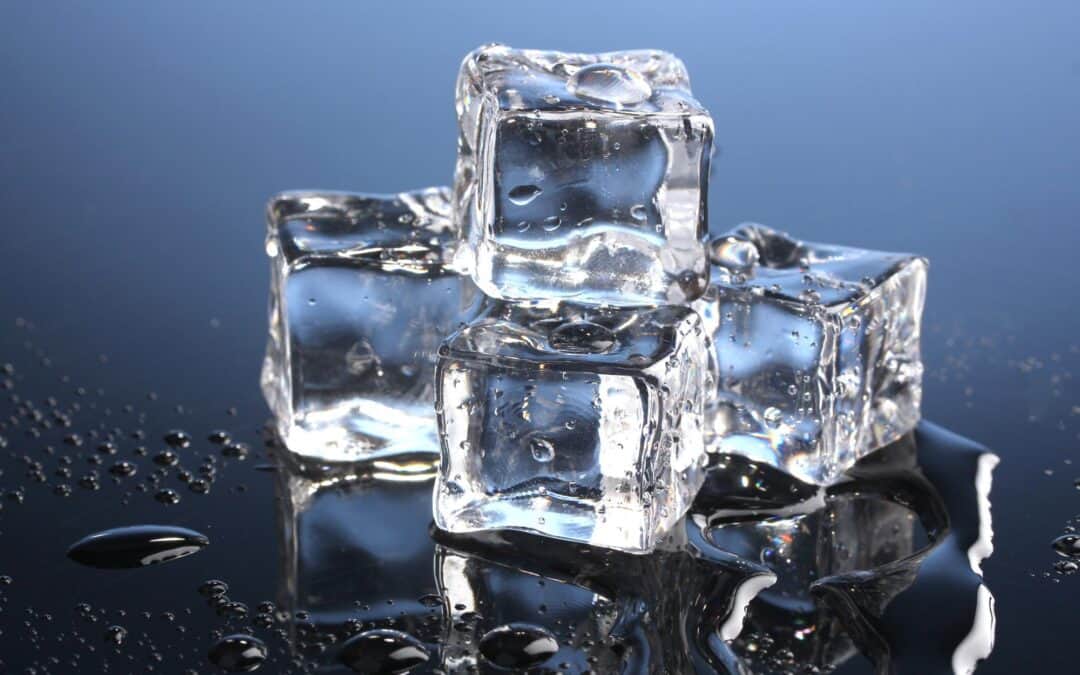My interest in this idea led me to read a recent article written by physiotherapist Bahram Jam. Bahram cites many research-based articles in support and makes his own case against the use of ice in acute injuries. In addition to the many articles that refute the effectiveness of ice in low back pain, ankle sprains, and in a variety of contusions and strains, Bahram also refutes the wisdom of trying to interrupt the body’s natural response to soft tissue injury. He states that inflammation is both inevitable and essential. It results in white blood cells accumulating in the area to clean up damaged tissue and also results in increased sensitivity to reduce the likelihood of further damage and allows tissue healing to take place. The article states that both elevation and compression may assist in lymphatic drainage, but ice might actually be detrimental in the healing process.
The question is, “when should we use ice?” Ice does seem to provide some temporary pain relief and may be beneficial for post-operative pain and swelling. There is in fact some evidence to support ice and compression therapy in these cases, and ice may reduce the use of pain medications and improve a person’s ability to sleep especially post-operatively.
In my opinion, the use of ice on all injuries is much like the use of ultrasound on injuries in some physiotherapy clinics. Some clinicians use ultrasound on conditions that research doesn’t support because they have been doing it forever. Not only should we stop using ultrasound to treat chronic low back pain, but perhaps we need to question whether we should be using ice for less severe acute soft tissue injuries.
If you have suffered a soft tissue injury, come and see one of our supremely qualified evidence based physiotherapists!

